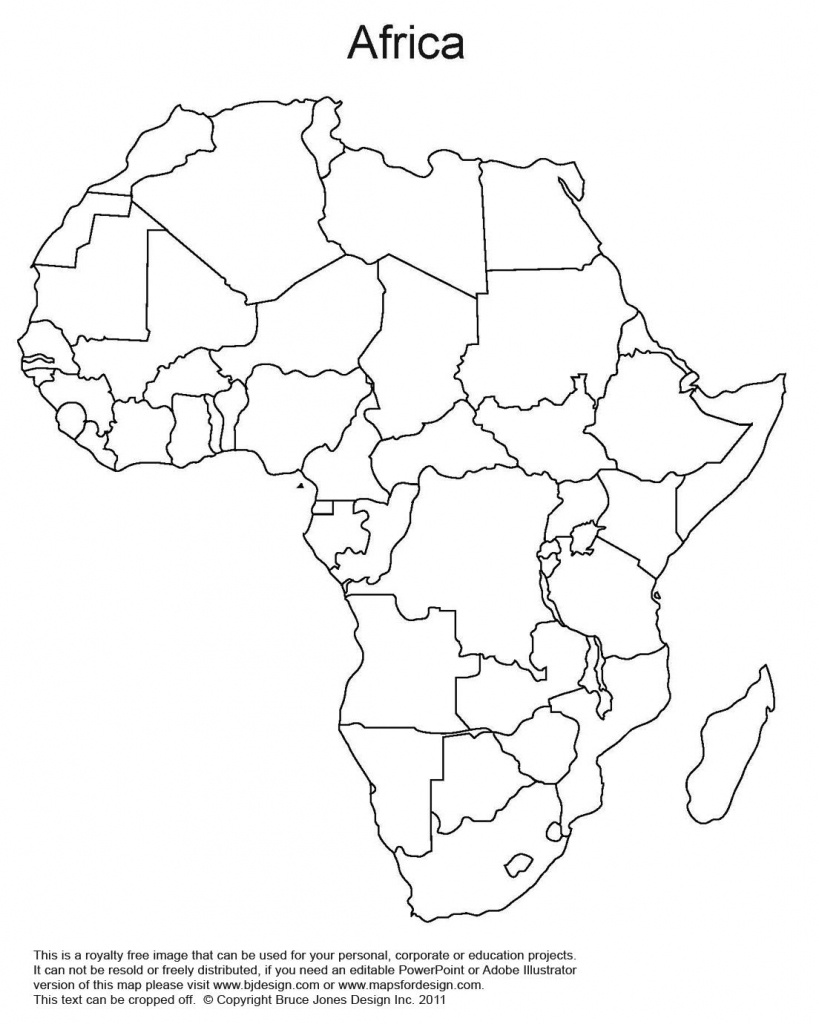

The experience of Zimbabwe, which is quite convincing with the development of the Dr Levi’s valve (Harare) ($ 20), and the resection of intramedullary spinal cord in two stage technique by Dr Kalangu, should serve as an inspiring example.
AFRICA OUTLINE CODE
The search for technical ease must in no way replace our calling to care for the sick with efficient means, in line of course with the code of ethics we follow. The proposals have to define a technical logistic, which would account for local realities, and they have to be developed with the following criteria in mind : The role of such an organ would be to study and propose ALTERNATIVE solutions for the development of neurosurgery.Īny proposal for neurosurgical practice in the developing world would have to be based on a multidisciplinary dialogue : neurosurgeon, neuroradiologist, neuro-anesthesiologist, neurophysiologist, engineer, nurse and manufacturer’s partners. The establishment of a WORKING GROUP, under the auspices of the Pan African Association of Neuro l ogical Sciences (PAANS), the World Federation of Neurological Societies and in close collaboration with the South and African neurosurgeons, should be considered.


We need to take inspiration from the experience of our teachers, colleagues and adopt a critical approach to their legacy, modernising and adapting current techniques and validating them. To contribute to the development of neurosurgery in our part of the world, we must be creative and imaginative in order to fulfill our mission, which is the provision of health care to our peoples. What should we do? Give up? Certainly not! However there is a critical need for neurosurgical treatment. And their costly trai – ning becomes useless. This state of affairs usually triggers a “cultural shock” which inhibits and paralyses their action. And a CT scan test costs between $60 and $100, a lumbar disc excision, between $300 and $1000 at a so-called social rate !! Such is the reality !Īfter being trained in top schools and renowned institutions abroad, most neurosurgeons from developing countries have to cope with those harsh realities combined with a total lack of adequate facilities when they return to their respective countries. In Africa, with an average wage of less than $60 per month, the average african must meet the basic needs (education, health, food) of an household of ten or more persons. Access to widespread techniques is also hindered by organisational bottlenecks (lack of stock, mismanagement, poor maintenance, etc.) The high costs associated with those equipments and instruments have made inaccessible to a great number of developing countries and to their 5 billion inhabitants. One can hardly imagine practising neurosurgery today without CUSA, CTscan, MRI, surgical navigation. In Subsaharan Africa, the ratio is 1/ 6,400,000 people !! The worldwide ratio is 1 neurosurgeon / 200,000 people. And in that field, as in others, the gap is widening between developed and developing countries.

Lack of financial resources has so far been the major constraintto the development of neurosurgery in the developing world.


 0 kommentar(er)
0 kommentar(er)
